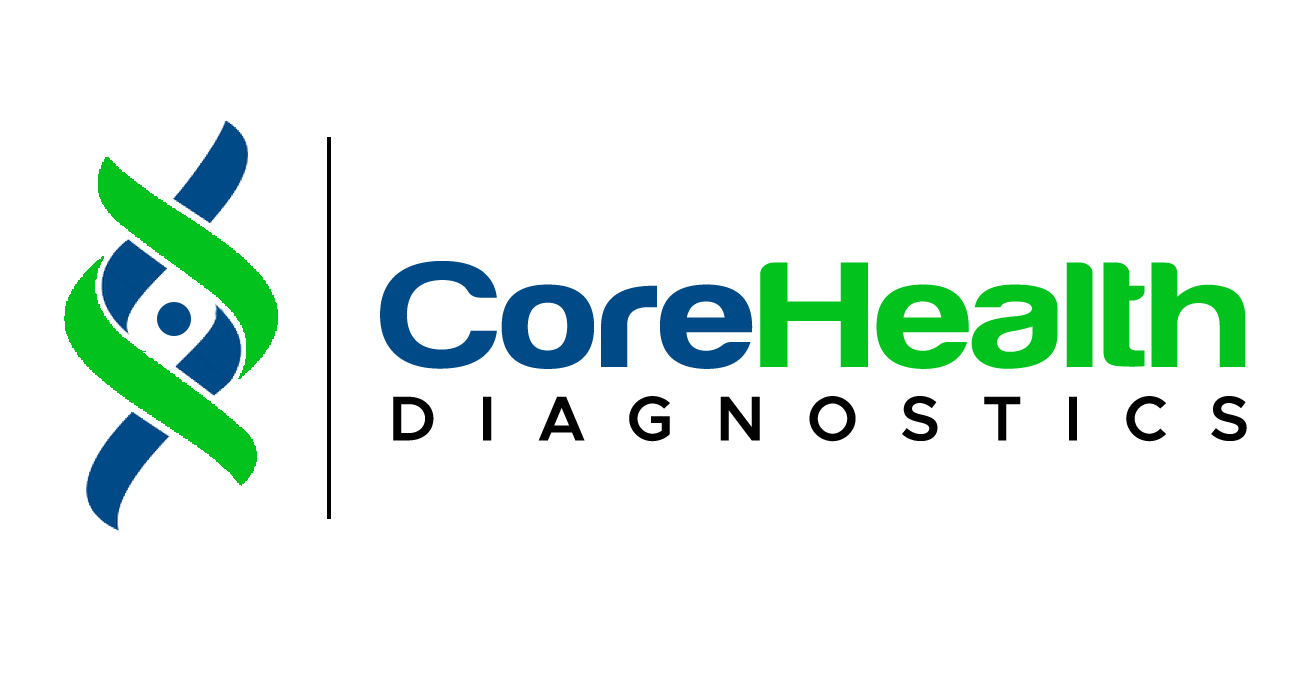Breastfeeding is one of the best ways to provide your baby with the nutrients they need for healthy growth. It helps to strengthen the bond between a mother and her baby and provides natural antibodies to protect the baby from infections.
While breastfeeding is a natural process, it doesn’t always come easy to every mother. Many women face common challenges when they start breastfeeding, especially in the early weeks.
In this simple guide, we will discuss some of the most common breastfeeding challenges and how to deal with them.

1. Sore or Cracked Nipples
One of the most common issues new mothers face is sore or cracked nipples. This can make breastfeeding painful and uncomfortable.
What Causes It?
Sore or cracked nipples are usually caused by incorrect latching. When the baby doesn’t latch onto the breast properly, they may only suck on the nipple instead of the entire areola (the darker area around the nipple). This creates friction and can lead to cracks or soreness.
How to Deal with It:
- Check the latch: Make sure the baby is latching onto both the nipple and the areola. You can ask a lactation consultant or nurse to help you with positioning the baby correctly.
- Use breast milk as a remedy: After feeding, express a small amount of breast milk and rub it gently on your nipples. Breast milk has natural healing properties.
- Apply nipple creams: There are special creams, like lanolin, that can help soothe sore nipples. Always choose creams that are safe for breastfeeding.
- Let your nipples air dry: Allow your nipples to air dry after feeding. Wearing loose clothing can also help prevent irritation.
2. Engorgement
Engorgement happens when the breasts become overly full with milk. This can make your breasts feel hard, swollen, and painful.
What Causes It?
Engorgement typically occurs when your milk first comes in or when your baby isn’t feeding enough. It can also happen if you’re skipping feeds or not expressing milk when needed.
How to Deal with It:
- Feed your baby often: The best way to prevent engorgement is by breastfeeding frequently. Don’t wait for your baby to cry. Feed them when they show signs of hunger, like moving their hands to their mouth.
- Use warm compresses: Before breastfeeding, place a warm towel or cloth on your breasts to soften them. This will make it easier for the baby to latch on.
- Hand express or pump milk: If your baby isn’t feeding enough or you’re away, express a little milk by hand or with a breast pump to relieve the fullness.
- Cold compress after feeding: Use a cold compress, such as an ice pack wrapped in a cloth, after feeding to reduce swelling.
3. Low Milk Supply
Many mothers worry that they are not producing enough milk for their baby. Low milk supply can be stressful, especially when your baby seems hungry or fussy after feeding.
What Causes It?
Low milk supply can happen for various reasons, including stress, not feeding often enough, or using bottles too early, which can confuse the baby and reduce breastfeeding demand.
How to Deal with It:
- Breastfeed frequently: The more you breastfeed, the more milk your body will produce. Try to feed your baby every 2 to 3 hours, especially in the first few weeks.
- Pump after feeding: If your baby isn’t nursing long enough, pump for a few minutes after feeding to stimulate milk production.
- Stay hydrated and eat well: Drink plenty of water and make sure you’re eating a balanced diet. Some foods, like oats and fenugreek, are known to help boost milk supply.
- Avoid stress: Stress can impact milk production. Try to relax and rest as much as possible. Get support from family and friends to make the breastfeeding journey easier.
- Consult a lactation expert: If you’re still concerned about your milk supply, reach out to a lactation consultant who can offer personalized advice.
4. Blocked Milk Ducts
Blocked or clogged milk ducts can cause lumps in the breast and make breastfeeding uncomfortable. It can also lead to infection if left untreated.
What Causes It?
Blocked ducts are usually caused by milk not flowing freely through the breast. This can happen if your baby isn’t feeding properly, if you’re wearing tight bras, or if you skip breastfeeding sessions.
How to Deal with It:
- Feed on the affected side: Start feeding your baby on the breast with the blocked duct. This helps drain the milk and clear the blockage.
- Massage the area: Gently massage the lump or hard area while breastfeeding to help unclog the duct.
- Warm compress before feeding: Apply warmth to the breast before nursing to encourage milk flow.
- Avoid tight clothing: Wear loose bras and tops to avoid putting pressure on your breasts.
5. Mastitis
Mastitis is a painful inflammation of the breast tissue, often caused by a blocked duct or an infection. It can make breastfeeding difficult and may cause flu-like symptoms, such as fever and fatigue.
What Causes It?
Mastitis usually develops when a blocked duct becomes infected. This can happen if milk stays in the breast for too long, leading to bacteria growth.
How to Deal with It:
- Keep breastfeeding: Even though it might be painful, continuing to breastfeed is the best way to clear the infection.
- Rest and hydrate: Drink plenty of fluids and rest as much as possible to help your body fight the infection.
- Apply warmth: Use a warm compress before feeding to reduce pain and encourage milk flow.
- Consult your doctor: If the symptoms don’t improve within 24 to 48 hours, see your doctor. You may need antibiotics to treat the infection.
6. Nipple Confusion
Nipple confusion happens when a baby has difficulty switching between breastfeeding and bottle-feeding. This can lead to frustration for both the baby and the mother.
What Causes It?
Nipple confusion often occurs when bottles or pacifiers are introduced too early. Babies may prefer the easier flow of milk from a bottle, which can make breastfeeding more difficult.
How to Deal with It:
- Avoid early bottle use: If possible, try to avoid giving your baby a bottle or pacifier in the first few weeks until breastfeeding is well established.
- Offer the breast first: Always offer the breast before giving a bottle to ensure your baby stays familiar with breastfeeding.
- Practice patience: Be patient with your baby as they learn to switch between breastfeeding and bottle-feeding. It might take some time, but with practice, most babies can do both.
7. Overactive Letdown
An overactive letdown is when milk flows too quickly from the breast, causing the baby to gag, choke, or pull away from the breast.
What Causes It?
An overactive letdown is often caused by an oversupply of milk. When milk flows too fast, it can overwhelm the baby and make feeding uncomfortable.
How to Deal with It:
- Feed in a laid-back position: Try breastfeeding in a more reclined position, allowing gravity to slow down the milk flow.
- Express some milk before feeding: Hand express or pump a little milk before breastfeeding to reduce the initial flow.
- Burp your baby often: Pause frequently to burp your baby during feeding to help them manage the fast flow.
Conclusion
Breastfeeding can be a rewarding experience for both mother and baby, but it’s not without its challenges. From sore nipples to low milk supply, every mother faces different difficulties. The key is to be patient, ask for help when needed, and take care of yourself. With time and practice, many of these challenges can be overcome, making breastfeeding a more enjoyable and fulfilling experience.
Always remember that you’re not alone in your breastfeeding journey. Reach out to healthcare providers, lactation consultants, or support groups for guidance and encouragement.




